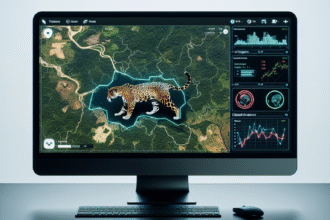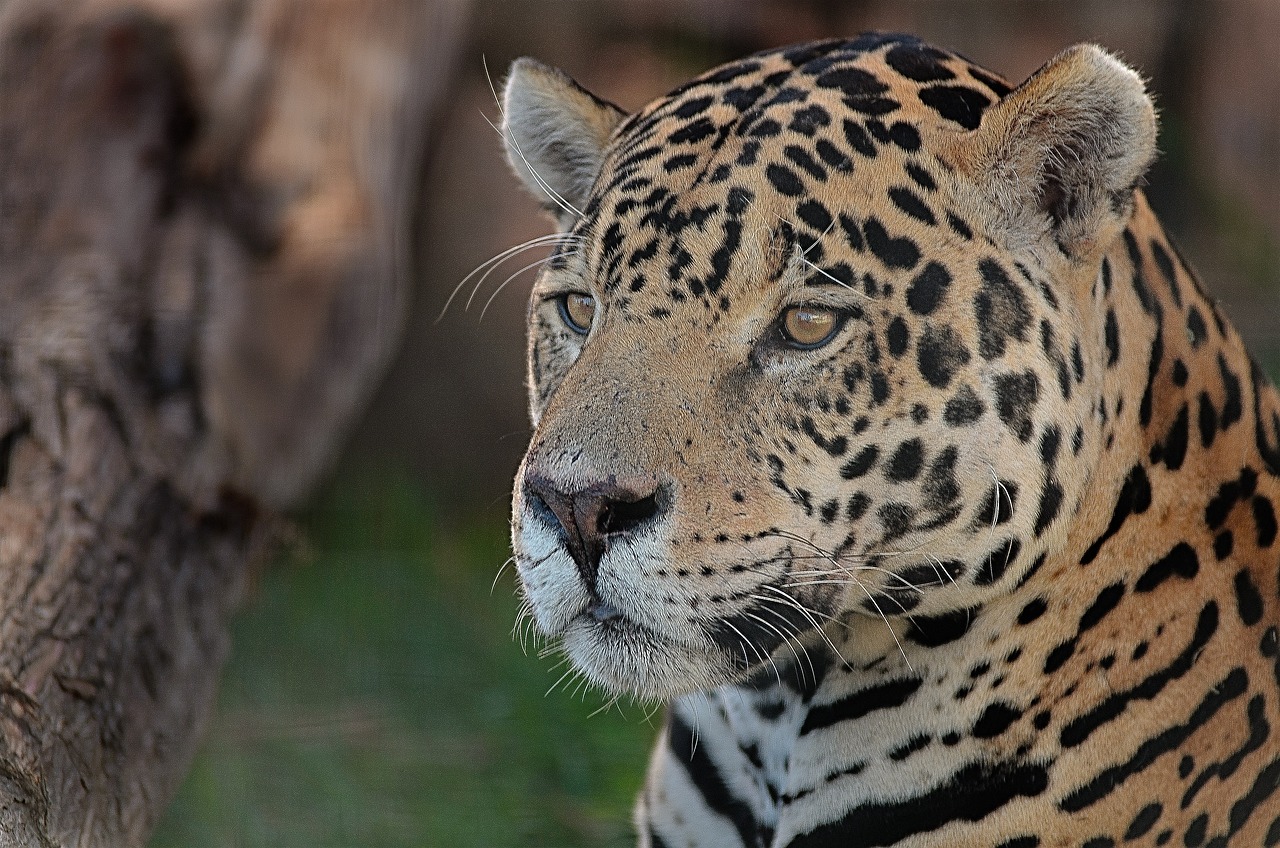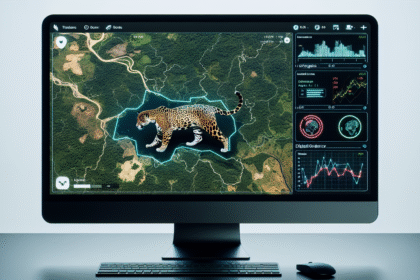Understanding the Needs of Rescued Jaguars
Creating safe enclosures for rescued jaguars requires a comprehensive understanding of their environmental, social, and behavioral needs. Jaguars, scientifically known as Panthera onca, are the largest cats in the Americas and prefer habitats that offer both coverage and open space. Their natural habitats range from rainforests to savannas, which influences the design of their enclosures.
Jaguars are solitary animals, generally coming together only for mating. This behavior must be considered when determining the number of jaguars to house within a single enclosure, as overcrowding can lead to stress and potential aggression.
Enclosure Size and Space Requirements
The size of the enclosure plays a crucial role in the physical and mental well-being of rescued jaguars. Ideally, each adult jaguar should have an enclosure of at least 1,000 square meters (approximately 10,764 square feet). However, larger is always better, as it allows for natural behaviors such as roaming, climbing, and hiding. If multiple jaguars are housed together, the size should be increased proportionally.
Vertical space is just as important as horizontal space. Jaguars are excellent climbers and often seek elevated areas. Incorporating trees, platforms, and other vertical structures in the enclosure makes for an enriched environment that mimics their natural habitat.
High-Quality Fencing Solutions
The fencing materials selected for the jaguar enclosure must prioritize safety and security. Wire fencing should be at least 12 feet tall and made of heavy-duty, stainless steel mesh with openings no larger than 4 inches to prevent escapes and protect against potential intruders. The bottom of the enclosure requires a secure barrier or underground fencing to prevent digging.
In addition to robust fencing, consider implementing a double-gate system. This design consists of an outer gate and an inner protective buffer, ensuring that jaguars cannot escape when caregivers enter or exit the enclosure.
Environmental Enrichment
To promote the psychological well-being of rescued jaguars, environmental enrichment is vital. Enclosures should have a variety of terrains and obstacles, including logs, rocks, and artificial water features. These elements provide opportunities for exploration, climbing, and hiding, alleviating boredom and reducing the chances of stereotypical behaviors.
Providing natural foliage not only enriches the environment but also offers shade and cover to make the enclosure feel more like their natural habitat. Plant species that are non-toxic and native to areas where jaguars are found should be prioritized for safe interaction.
Climatic Considerations
The climate in which the enclosure will be built impacts many design features. Jaguars are native to tropical and subtropical environments, so temperature regulation is essential. Enclosures should include shaded areas to ensure that animals do not overheat, especially in warmer climates.
In colder regions, consider insulated shelters that can protect jaguars from extreme temperatures. The shelter should be designed to offer comfort while allowing the cats to choose whether they want to stay inside or venture outside.
Water Features and Access
Water is crucial for the health of rescued jaguars. Including a naturalistic water source, such as a pond or stream, not only provides hydration but encourages swimming and playing, which are natural behaviors of jaguars.
The water feature should be designed for easy cleaning and maintenance, including filtration systems and gradient slopes to ensure safe access for jaguars. Ensure that the water remains clean and free from contaminants, which is critical for their health.
Safety and Barrier Design
Safety within the enclosure is paramount for both jaguars and caregivers. Barriers should be designed with naturalistic features to aid in creating a comfortable yet secure environment. Distance between the viewing areas and jaguars should be kept in mind to minimize stress from human interaction.
Additionally, consider side barriers that prevent animals from seeing each other if multiple enclosures are stationed close together. This design helps reduce stress levels and aggression among the jaguars by minimizing territorial disputes.
Landscaping and Natural Features
Incorporating natural features replicates the jaguar’s habitat and improves their quality of life. Create varied landscapes with different elevations, including hills or mounds, to encourage climbing and exploration. Use rocks, logs, and other natural components to design hiding spots where jaguars can feel safe and secure.
Native plant species can also be added to enhance the aesthetic of the enclosure while providing enrichment. Ensure that all plants used are non-toxic and allow the cats to engage with their surroundings in a naturalistic manner.
Monitoring and Maintenance
Regular monitoring of the enclosure is necessary to ensure that conditions remain optimal. Keep an eye on fencing for wear and tear, check feeding stations, and make sure the water source is functioning properly. Additionally, maintain landscaping and ensure that jaguar habitats within the enclosure are clean and free from hazardous materials.
Establish a routine for caregivers to observe jaguar behaviors and health closely. Keeping detailed records of their activities can help identify any potential issues, leading to timely interventions if needed.
Collaboration with Experts
Working with wildlife specialists and zoologists can provide insights into the construction and design of jaguar enclosures. Their expertise can guide decisions regarding health monitoring, behavior studies, and best practices for interactions with caretakers. Collaborating with experts also helps ensure compliance with legal requirements and ethical standards in animal care.
Community Engagement and Education
Creating educational programs around jaguar conservation can foster community support. Enclosures can serve as learning centers where visitors can learn about the habitat needs, threats, and conservation efforts related to jaguars. Well-informed visitors are more likely to become advocates for wildlife conservation, further benefiting rescued jaguars and their habitats.
Conclusion to the Design Phase
Creating safe enclosures for rescued jaguars is a complex yet rewarding endeavor. Providing an environment that mimics their natural habitat while ensuring their safety and well-being is paramount. By considering their behavioral needs, the environmental factors, and working alongside professionals, facilities dedicated to jaguar rescue can greatly enhance the lives of these magnificent creatures.







